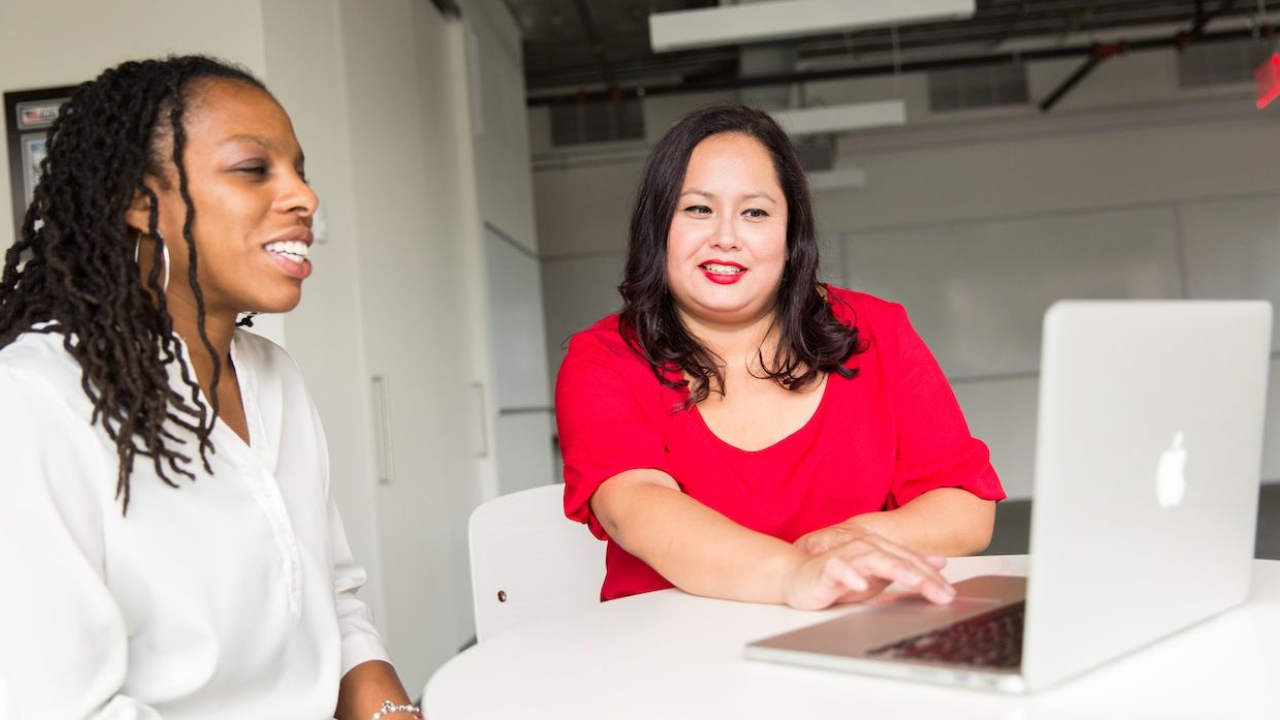Inclusion Needs to Be Our Default Setting
Jan 25, 2023
By Kristin Vogel-Campbell, Ed.D.
To work towards developing positive and trusting relationships with our students and parents, as well as ensuring that families from diverse and marginalized backgrounds can equitably participate in their child’s special education program, we need true, authentic models of inclusion.
If a classroom entrance has a slight rise or lip to it, the maintenance department must install a threshold ramp so that persons who utilize wheelchairs or walkers can safely enter the room. Students whose needs do not require physical manipulation of the room deserve a similar degree of accommodations.
School experiences are often split into two for students who receive special services. Schools provide the majority of special education services outside of the general education setting: pull-out speech, pull-out into a Resource Room, or self-contained classrooms where students receive the majority of their daily instructional minutes.
Special education classrooms are one of the few instances of de jure segregation permitted in our country. Pre-COVID, teachers referred to these classrooms as “quarantined spaces.”
Educators are always reminded that special education is a service, not a location, but this adage does not carry weight when our students are relegated to the back corners of buildings or portables towards the back of the school.
As a result, general education teachers often do not have firsthand experience of working with special education teachers and their students at the same time.
Students who receive special education services have a right to be educated alongside their general education peers in the least restrictive environment that meets their needs.
For teachers to believe in their students and their abilities, they must be able to authentically believe in their abilities as educators.
Most of the general education teachers I have encountered in my professional career did not take a course in special education as part of their pre-service certification, and they had participated in minimal official professional development as in-service educators.
Difficulties that some students may have in learning are often considered as a problem for the individual or small group of students, as opposed to an issue with the content and instruction. Often, this puts a ceiling on the learning and achievement of struggling students.
Unknowingly, teachers—general education and special education—may view their students through a deficit/damage-centered mindset as opposed to an assets-based mindset. An educator's frame of mind can be transformative, either in positive or destructive ways.
To equip our teachers with the tools needed to serve a diverse group of students with unique learning needs, pre-service certification programs must strive to represent special education more meaningfully so that teachers can believe in their skills.
Additionally, all educators must receive professional development that is geared to meet the needs of a diverse range of learners.
We must move towards truly investing in special education as a service rather than a location. Changing the way we think about inclusion and special education students is vital to shifting the view from “most” and “some” to thinking about everybody, and teachers need the time and resources to create authentic co-teaching classrooms.
In my experience, educators view co-teaching as either the special education teacher taking a small group to the back of the room or acting in the role of a certified classroom aide.
Creating time and space for teachers to collaborate and plan, either through common prep periods or extended-release time, is essential to implementing practices that support all students.
This shift in mindset, thinking, and practice cannot move forward with fidelity without support and endorsement from school administrators.
Earlier in my career in education, I worked as part of a group of educators that piloted a co-teaching model for a 6th-grade math class at a middle school. Our site administrator agreed to collapse my 3rd-period special education math class so I could push in as support for the students who had traditionally been in my self-contained class.
We encountered barriers, as he felt we didn't need common planning time. Our prep periods took place at different times, so we planned outside our contracted work hours. When I moved onto a different position in a new district two years later so did the co-teaching plan, as it had never been fully endorsed by our leaders.
One of the main principles of inclusive pedagogy is collaboration, which involves teachers giving up some control of their classroom assemblage and stepping out of the individual silo mentality that many easily fall into once settled into a position and grade. Team dynamics, as well as student needs, dictate the necessary degree and type of collaboration.
Teamwork between educators exists in both formal and informal ways. When I did not have common planning time with the general education teacher, we often went to dinner and held common planning sessions over meals. This is not a sustainable method for long-lasting collaboration and is dependent on the individual teacher. It is not a systemic change.
The final link in collaboration lies between teachers and site administrators, who are often the lynchpins that ensure whether transformative change is successful or not. With shared responsibility comes common investment when creating programs that are best suited for students and where all staff members work together.
Together, we can enact many of the necessary shifts that our students deserve.
Kristin Vogel-Campbell, Ed.D. (she/her) is a coordinator of special education in the San Mateo Foster City School District in Northern California. She finds her joy in mentoring new teachers and partnering with parents and families in collaborative teams for concrete problem-solving. Connect with her on LinkedIn: Kristin Vogel-Campbell






